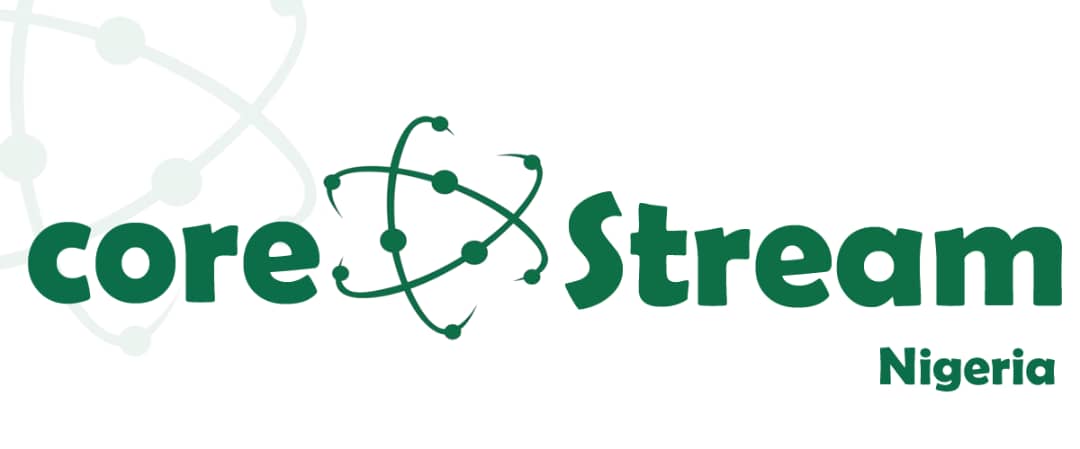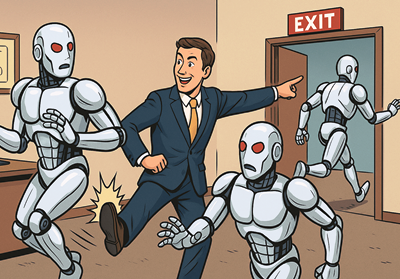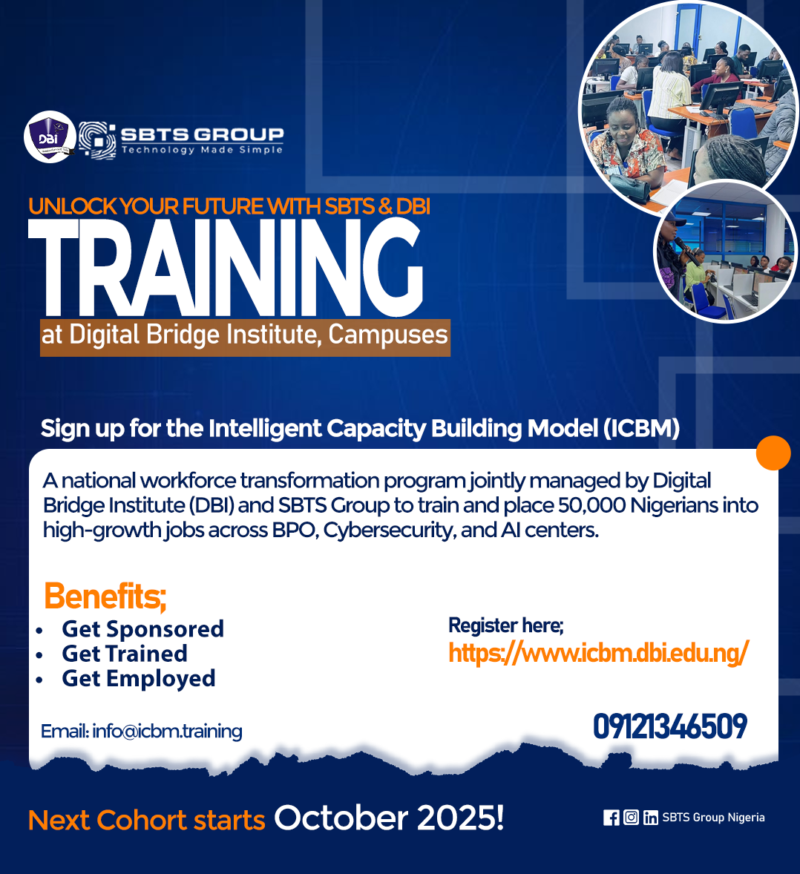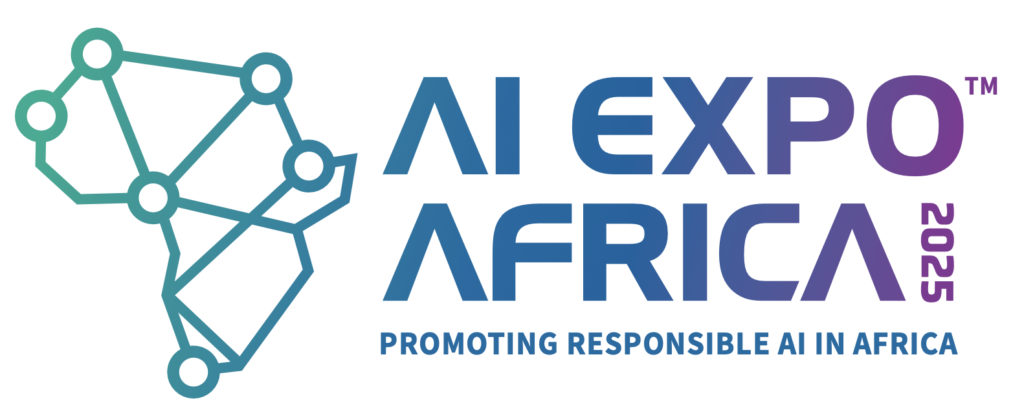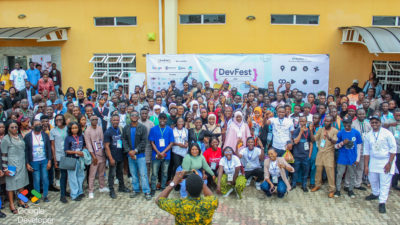Multinational IT services provider Accenture has recently cut 11,000 jobs in the latest round of tech industry layoffs, after deciding it could not retrain staff for AI roles. The move places the firm among the year’s ten biggest workforce reductions, alongside Intel, Microsoft, and TCS.
RELATED: Google’s suspected layoffs could push tech sector job cuts to 250K by the end of 2025
RationalFX is tracking the widespread trend of trimming headcount amid mass implementation of AI and automation. This is indicated in its updated report on the layoffs happening in the tech sector since the beginning of 2025.
To identify the companies laying off the most employees right now, RationalFX aggregated layoff announcements sourced from the U.S. and WARN notices. Others are the job portal TrueUp, TechCrunch, and the Layoffs.fyi layoff tracker since the beginning of 2025. The full list of tech companies ranked by the number of laid-off employees can be accessed in Google Drive via this link.
According to the latest data gathered, 180,094 employees in the global tech sector have been laid off since the beginning of the year. The most significant mass layoffs this year come from tech giants Intel (33,900), Microsoft (19,215), and TCS (12,000).
These are the 10 tech companies with the most significant mass layoffs since January 2025:
1. Intel – 33,900 layoffs
Intel is planning to reduce its workforce by approximately 25-30% by the end of 2025, in an effort to streamline operations. The company is primarily cutting roles in its Foundry division and scaling back certain international expansion projects.
2. Microsoft – 19,215 layoffs
Since the start of the year, Microsoft has laid off roughly 19,215 employees across its engineering, management, and international teams. These reductions are part of a strategic pivot towards artificial intelligence and cloud services.
3. TCS – 12,000 layoffs
IT, consulting, and business solutions services provider TCS is reducing its workforce by 12,000 employees, focusing primarily on mid- and senior-level roles. The company attributes these layoffs to a slowdown in demand and the need to adapt to AI and automation trends.
4. Accenture – 11,000 layoffs
The Ireland-based IT services provider Accenture spearheaded the latest wave of layoffs, cutting more than 11,000 positions in the process. The redundancies primarily affected employees deemed unable to be retrained to work with AI agents. This move forms part of a broader $865 million restructuring plan designed to align the workforce with the company’s AI-driven strategy.
5. Panasonic – 10,000 layoffs
Japanese technology conglomerate Panasonic has led one of the largest layoff waves in Asia, shedding more than 10,000 employees across its various business locations. The company has stated that it is restructuring to focus on core areas and enhance operational efficiency.
6. IBM – 9,000 layoffs
IBM is reducing its workforce by 9,000 employees, with cuts spanning both hardware and software divisions. The company is focusing on areas with higher growth potential, such as cloud computing and AI services.
7. Salesforce – 5,000 layoffs
Silicon Valley-based cloud software company Salesforce has laid off up to 5,000 employees in 2025, including over 4,000 customer service roles. The company cited AI-driven efficiency improvements, with AI agents now handling more than half of customer interactions, as part of a broader restructuring focused on AI initiatives, despite reporting strong financial results.
8. STMicro – 5,000 layoffs
European semiconductor manufacturer STMicroelectronics announced it will be cutting 5,000 jobs over the next three years. This will reportedly include 2,800 direct job cuts as well as 2,000 employees who are likely to leave the company within this timeframe.
9. Meta – 3,720 layoffs
Facebook’s parent company, Meta, has reduced its workforce by at least 3,720 employees throughout 2025 as part of its ongoing efficiency initiatives. CEO Mark Zuckerberg emphasized that the layoffs were performance-based, targeting employees deemed “low performers” as part of an effort to improve team quality and accelerate innovation.
10. Amazon – 3,500 layoffs
Amazon is laying off 3,500 employees across various departments, including operations and corporate functions. Most recently, Amazon laid off 150 delivery drivers at the Queens station in New York at the end of September 2025.

Other highlights from the report
- As of October 1st, 2025, 180,094 employees in the tech sector have been laid off globally, with Intel, Microsoft, and TCS slashing the most jobs overall.
- American companies have cut 119,368 roles, or roughly 66.3% of all layoffs by tech firms around the world. Among them are some of the largest companies by market capitalization, including Microsoft, Amazon, and Oracle.
- We estimated that of 180,094 layoffs in 2025, 50,184 were directly related to the implementation of artificial intelligence and automation tools by businesses. The latest example is global IT company Accenture, which laid off over 11,000 employees in the past three months, citing the inability to retrain staff for AI roles as a primary factor in the workforce reductions.
- Intel and Microsoft top the U.S. in layoffs this year, with 33,900 and 19,215 employees affected, respectively. In India, Mumbai-based IT services provider TCS has led the largest wave of job cuts, letting go of 12,000 staff since the start of 2025. In Europe, more than 11,000 employees have been made redundant at Accenture as the company moves towards greater automation and trains its workforce in the use of AI agents.
‘Tech company layoffs in 2025 have affected tens of thousands of employees, as economic pressures and the rapid adoption of AI drive companies such as Intel, Microsoft, TCS, and Accenture to slash roles. Rather than creating new opportunities, these cuts have left the workforce smaller and more automated, raising concerns over job security and the human cost of the tech industry’s push towards AI as it heads into 2026.’
-comments Alan Cohen, analyst at RationalFX.
Read the complete research methodology in the full report. The raw dataset is also available on Google Drive at the following link.


